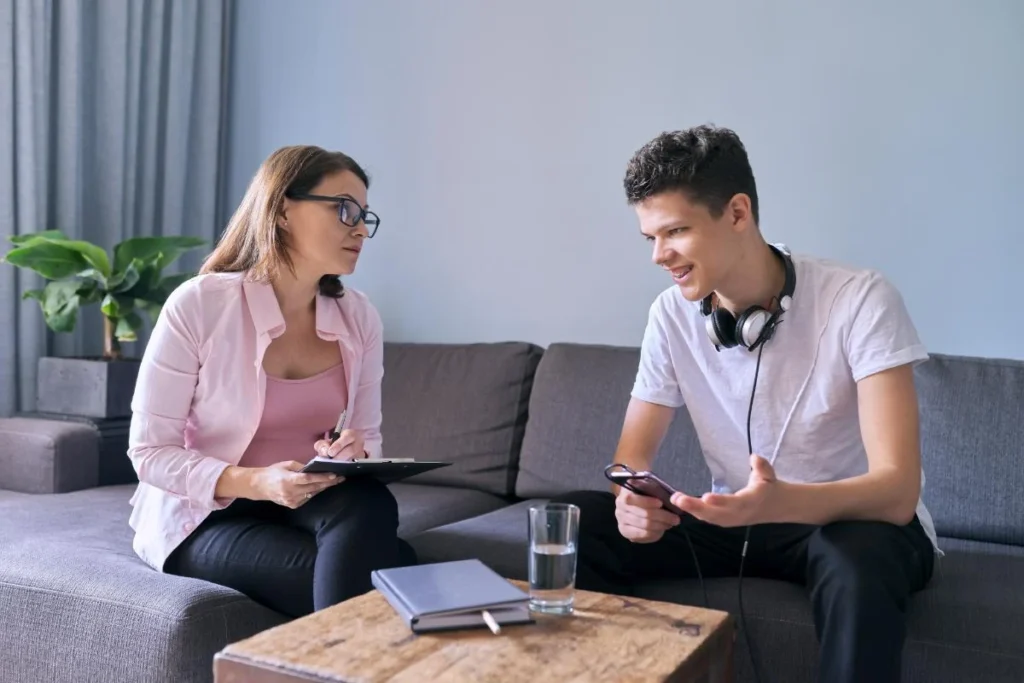Spinal stenosis is the narrowing of the spinal canal caused by bone overgrowth, disc herniation, or thickened ligaments. This condition can cause back pain, along with tingling, numbness, or weakness in the legs while walking or standing. A spinal doctor provides treatment options that help relieve pain and improve mobility. Here are a few of the roles a spine doctor plays in treating spinal stenosis:
Diagnosing the Condition
Visiting a spine doctor allows your care team to use imaging tools like an MRI to assess your condition. This technology helps locate areas in your spine where narrowing may affect nerves and surrounding structures. A comprehensive physical examination supports this process by identifying which motions or postures aggravate your symptoms.
The spine doctor reviews your medical history to determine if any underlying conditions, such as osteoarthritis, may be contributing to the stenosis. Leg heaviness while walking is one indicator that your spinal cord may be affected. If the condition prevents you from walking, it may signal severe narrowing in the spine. Your doctor may identify signs of inflammation during the diagnostic process. This can help determine the severity and source of the stenosis.
Recommending Injection Therapies
Your spine specialist may use image-guided injections to deliver targeted relief for inflammation and spinal joint pain. These include epidural steroid injections to reduce nerve swelling and facet joint injections for inflamed vertebral joints. It also includes medial branch blocks to numb pain-signaling nerves. Your provider selects injection types based on the level and pattern of pain affecting your mobility or quality of life. Injections are guided using live imaging to deliver targeted pain relief.
If your symptoms are caused by inflammation from compressed nerves, your doctor may recommend injection therapy to reduce pain and swelling. Injection therapy typically involves delivering corticosteroids and anesthetics directly to the affected area to relieve pressure and improve mobility. By visiting your spine doctor when you face early to mid-stages of pain, you may be able to manage your stenosis symptoms without surgery.
Spondylolisthesis occurs when one vertebra shifts out of place over the one below it. For some patients, regenerative options like platelet-rich plasma injections are integrated into the treatment plan. PRP uses components of your own blood, specifically platelets and growth factors, to support healing in damaged or degenerated spinal tissues.
Creating Long-Term Plans
Your spine doctor will create a personalized plan of care that can include physical therapy and guided exercise programs. Physical therapy is a structured, supervised modality that focuses on improving mobility and managing pain through manual techniques and targeted exercises. Guided exercise programs are personalized routines that you can perform on your own or under minimal supervision to maintain.
Your spine doctor will create a personalized care plan, which may incorporate physical therapy, injection therapies, and regular follow-up assessments. Medical professionals design these therapies to enhance mobility, promote spinal alignment, and prevent further nerve compression. Your rehabilitation team orders therapeutic exercises based on the results of your evaluation, which are aimed at strengthening adjacent muscles and decompressing the spine. Professionals teach safe movement techniques and activity modifications, such as proper body mechanics when lifting.
Providing Patient Education
Education of the patient is a key component of effective spine care, which helps boost your recovery. Your physician takes time to explain the nature of spinal stenosis, what is creating symptoms, and how your treatment works. Understanding your condition provides insight into what is happening in your body, enabling you to ask relevant questions during treatment.
You will receive practical advice about body mechanics, posture, and movements to avoid in daily life. Medical professionals counsel you on lifestyle modifications, such as maintaining an optimal weight, to spare the spine and facilitate healing. This education helps you become involved in managing symptoms and maintaining long-term spinal health. Spine doctors help you set realistic expectations and allow you to participate in their care decisions.
Visit a Spine Doctor for a Spinal Stenosis Diagnosis
A spine doctor specializes in diagnosing, treating, and managing spinal stenosis caused by nerve compression in the spinal canal. Treatment options may include targeted injections depending on the degree of spinal narrowing. Visit a spine doctor for a personalized treatment plan based on your symptoms, mobility, and imaging test results.





Leave a Reply